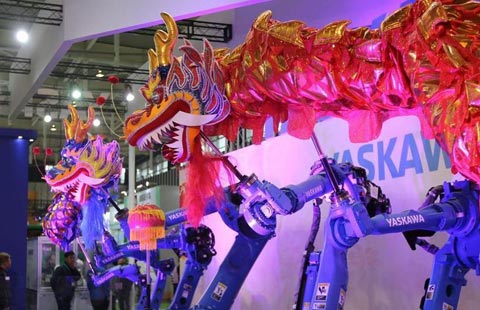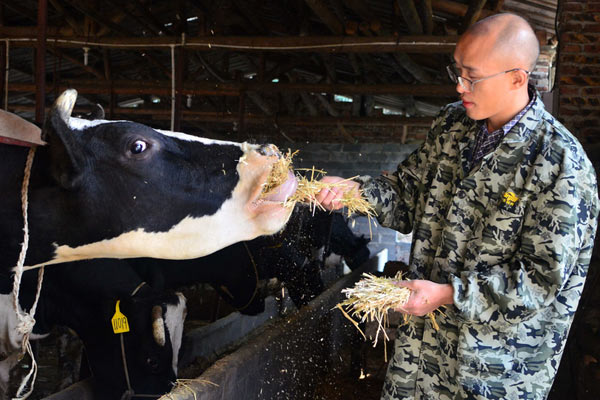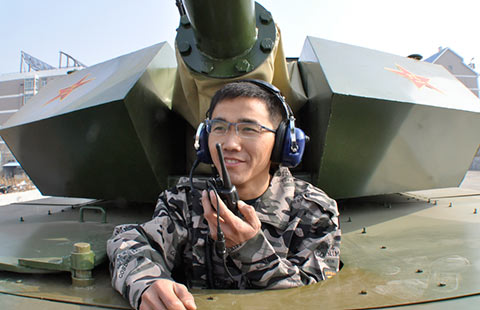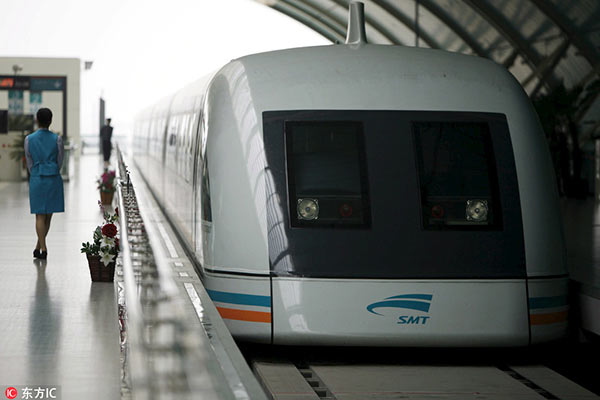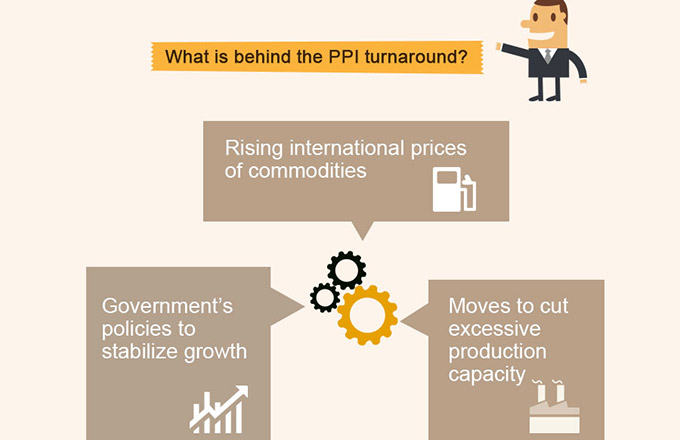Caterpillar seeks to deepen ties with Chinese companies
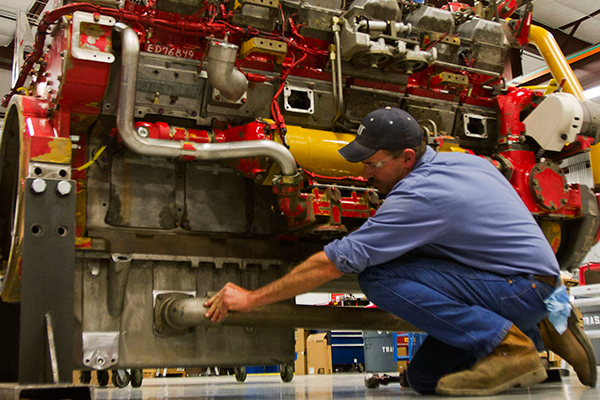 |
|
A mechanic works on a CAT 3512 engine used to power hydraulic fracturing pumps at Holt Caterpillar, the largest Caterpillar dealer in the United States in San Antonio, Texas. [Photo/Agencies] |
US machinery major eager to help tap local markets covered by the initiative
Editor's note: Three years ago, President Xi Jinping launched China's ambitious Belt and Road Initiative, to link vast transcontinental swathes with a common economic thread. The initiative brought unprecedented opportunities to companies worldwide to expand their business and access new markets. China Daily presents a series of interviews with top executives of foreign companies, looking at the impact of the initiative on their operations as well as markets. Chen Qihua, chairman of Caterpillar China, explains how the US machinery manufacturer proposes wider cooperation with Chinese companies on projects in the Belt and Road countries.
US machinery manufacturer Caterpillar Inc proposes wider cooperation with Chinese companies on projects in Belt and Road countries to fully utilize its long-standing global dealership network, according to its top executive in the Asia-Pacific region.
"The unique advantage of Caterpillar is that it has had a presence in various countries for years. While products can be replicated, relations and trust with local agents are hard to copy," said Chen Qihua, vice-president of Caterpillar Inc and chairman of Caterpillar China.
Caterpillar, which has a presence in more than 180 countries and regions, has been doing business worldwide for more than 90 years. More than 59 percent of its revenue currently comes from markets outside the United States.
"With a sophisticated global network, we are quite familiar with local markets, cultures and governments. In this regard, we are able to offer all-around professional consultancy to Chinese companies who want to tap into local markets," said Chen.
The Belt and Road Initiative covers 63 percent of the global population and 30 percent of its economic output.
According to The Global Competitiveness Report (2014-15) released by The World Economic Forum, 27 of the 60 countries in the initiative have infrastructure below the global average level.
The Asian Development Bank has estimated that Asian countries need at least $8 trillion in infrastructure construction between 2010 and 2020 if they are to reach the global average level.
Meanwhile, China's overseas direct investment stood at $145.7 billion in 2015, the first time it ranked second globally next to the United States. It was also the first time that the nation's outbound investment surpassed its capital inflow, making China a net exporter of capital.
"China's outbound investment has evolved from pure project contracting to a complete package encompassing financing, construction, localization, sustainable development and risk management. Therefore, it needs more diversified business models to do business overseas," said Chen.
Caterpillar has experience in diversified business models for infrastructure construction, including public-private partnerships, build-operate-transfer and financial leasing. Its financial services company has offices in more than 40 locations in the Americas, Asia, Australia and Europe, serving clients in 98 countries and regions, helping clients to purchase equipment which is otherwise not available.
One of its landmark projects was the renovation of the 77-kilometer M5 Zhrobin-Bobruisk expressway in Belarus by China Communications Construction Company Ltd, which has a total contract value of close to $400 million. Caterpillar supplied machinery, training and maintenance service for the project, which was completed in July this year.
Zhang Quansheng, vice-president of Caterpillar China, said that sustainable development is key to creating values for local communities.
In order to help safeguard the environment, Caterpillar has introduced a Zero Discharge system to dispose of and reuse the waste water at its factory in Batam, Indonesia. The waste water is used for landscape maintenance of the venue, saving 3.8 million liters of water annually, equivalent to 24 years of water consumption for an average family of four in the Southeast Asian nation.





